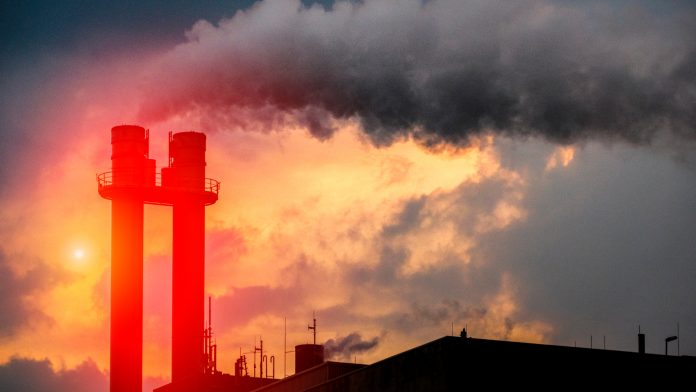KAUST scientists have developed catalyst nanoparticles that use light energy to convert carbon dioxide and hydrogen into methane.
Carbon dioxide (CO2) is a significant contributor to global warming but could potentially be utilised as a valuable resource. Scientists all over the world are investigating ways to convert CO2 into useful carbon-based chemicals but are currently restricted by low efficiencies that limit the possibility of large-scale application.
Researchers at KAUST have created catalyst nanoparticles that capture wavelengths of light and use the light energy to convert CO2 and hydrogen into methane (CH4). This counteracts the release of CO2 when methane is burned as a fuel.
Diego Mateo, postdoc and one of the authors of the paper, which was published in Advanced Functional Materials, explained: “Our approach is based on the synergistic combination of light and heat, known as the photothermal effect.” Heat is generated by the interaction of light with the catalyst, so the energy comes from absorbed light.
Other approaches being developed require heating from external sources to achieve high temperatures of up to 500° Celsius. In contrast, the researchers at KAUST have shown that the reaction can be accomplished just by using the photothermal effect of daylight.
The catalyst is constructed from nickel particles on a layer of barium titanate. The catalyst traps light in a way that kicks electrons into high energy states. The ‘hot electrons’ begin a chemical reaction that converts CO2 back into methane.
Many catalysts are only able to harvest ultraviolet light, which comprises up to 5% of the energy present in sunlight. One big advantage is that the catalyst nanoparticles developed by the KAUST research team capture wavelengths of light across the spectrum, harnessing all visible wavelengths, in addition to ultraviolet rays.
Mateo commented: “We strongly believe that our strategy, in combination with other existing CO2 capture techniques, could be a sustainable way to convert this harmful greenhouse gas into valuable fuel.”
Using this technique, fuels made from CO2 would still release the gas when burned, but it could be recycled from the atmosphere and back into fuel, in a process that could be repeated, as opposed to a constant release of CO2 by burning fossil fuels.
The scientists are hoping to widen the applications of their method. Jorge Gascon, research team lead, explained: “One strategy for our future research is to move towards producing other valuable chemicals, such as methanol.”







